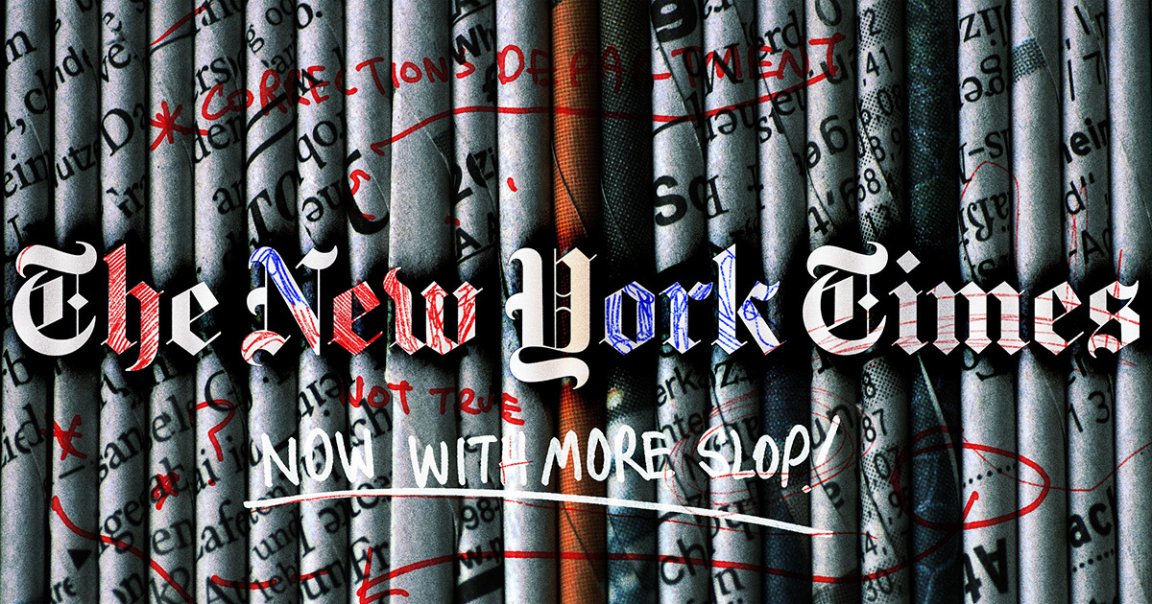
The so-called “paper of record” is now encouraging staff to use generative AI tools to write headlines and summarize articles.
As Semafor reports, the New York Times recently informed employees that they now have a whole suite of AI tools at their disposal to write search headlines — the version of headlines that appear on search engines like Google — as well as code, social copy, quizzes, and more.
Along with models from Google, Github, and Amazon, NYT staff will also have access to Echo, a bespoke tool currently in beta that’s designed to condense articles into shorter summaries. It’s unclear whether these tools are the same ones that the paper was experimenting with last year, when leaked data revealed that the NYT was already using AI to write headlines.
“Generative AI can assist our journalists in uncovering the truth and helping more people understand the world,” the newspaper’s new editorial guidelines for AI read, per internal documentation shared with Semafor.
Those new guidelines — which the paper refused to comment on when Semafor‘s Max Tani asked for on-record confirmation — suggested that employees use the new suite of AI tools to make articles “tighter,” write promoted social media posts, and summarize articles “in a concise, conversational voice” for newsletters.
Despite those example use cases, and others shared with staff by the company, the guidelines also warn employees not to employ generative AI in article writing or revision, or when inputting copyrighted material from outside sources. Employees are also barred from using the technology to get around paywalls.
For months, a small internal pilot group of journalists, designers, and machine-learning experts have been, per a May 2024 announcement, “charged with leveraging generative artificial intelligence” in the NYT newsroom. As Tani notes, this new suite of tools is the result of that effort.
News of these updated AI guidelines and the introduction of this suite of tools also comes more than a year after the paper announced that it was suing OpenAI and Microsoft for copyright infringement — a claim that the larger tech firm scoffed at in counter-filings. Though that company’s non-ChatGPT API will also be accessible to NYT staffers, they will only be able to use it with approval from the newspaper’s legal department.
Despite the cheery announcement, some of the paper’s staff are less than thrilled about the higher-ups’ full-throated endorsement of the technology. Employees at the NYT told Semafor that some of their colleagues may be reticent to use the technology because they’re concerned it might inspire laziness or a lack of creativity — or, perhaps more importantly, result in the sort of inaccuracies that generative AI has become known for.
From the outside, it certainly sets an unsettling precedent for such a prestigious paper to be embracing AI — nevermind the bizarre optics of the NYT leaning into the tech while it’s still locked in a legal battle with OpenAI.
More on AI and media: Jonah Peretti, Who Filled BuzzFeed With AI Slop, Now Says AI Is Threatening Human Agency